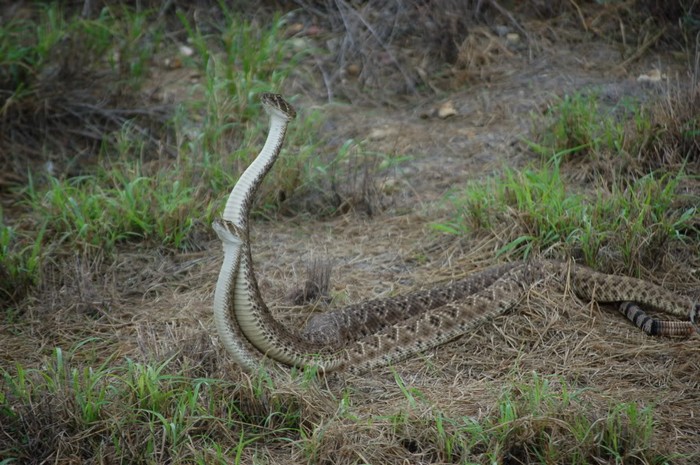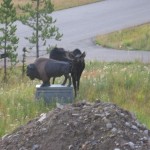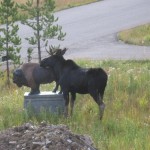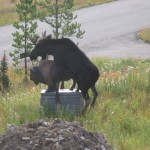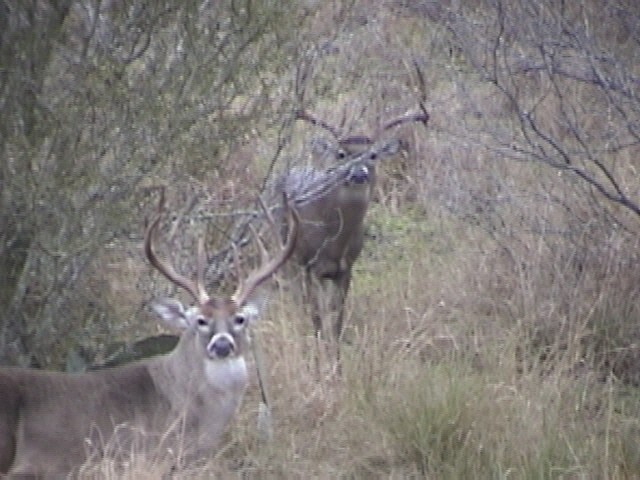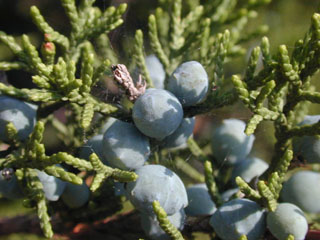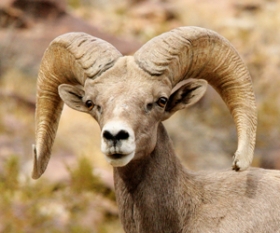
Habitat managment is the cornerstone of willdife restoration, but an important component of managing habitat can be simply preserving it. This has never been more true when it comes to managing Texas’s bighorn sheep herd. Recently, Texas Bighorn Society members David and Theresa Wetzel of Irving have received the Wild Sheep Foundation’s prestigious Gordon Eastman Grass Roots Award.
The late Gordon Eastman of Eastman’s Outdoor World created the award to be presented at the Wild Sheep Foundation’s (WSF) national annual convention, held this year in Reno, Nev. Eastman’s intention was to honor the hard-working members of the various WSF chapters and affiliates who get almost no recognition for their unending efforts to further the existence of North American bighorn sheep. Continue reading Big Horn Sheep Habitat Preservation Rewarded
